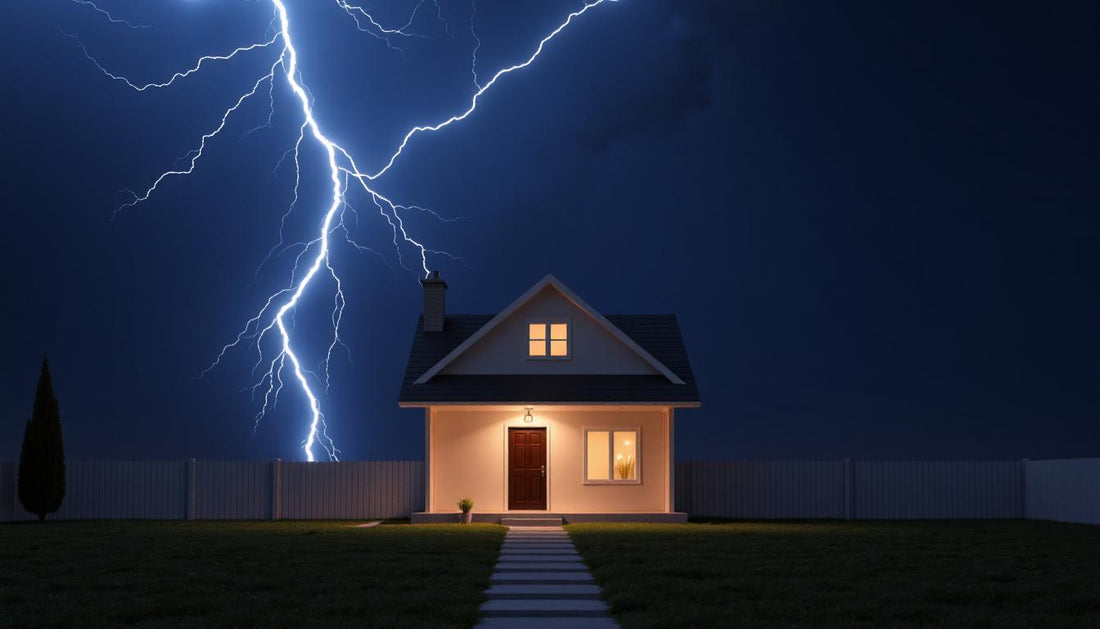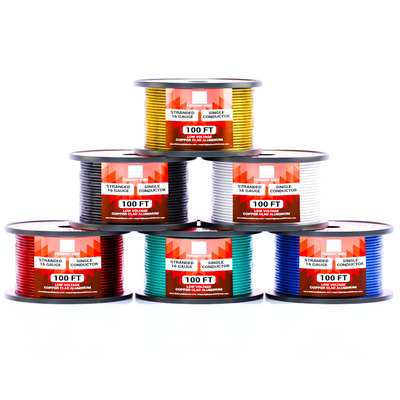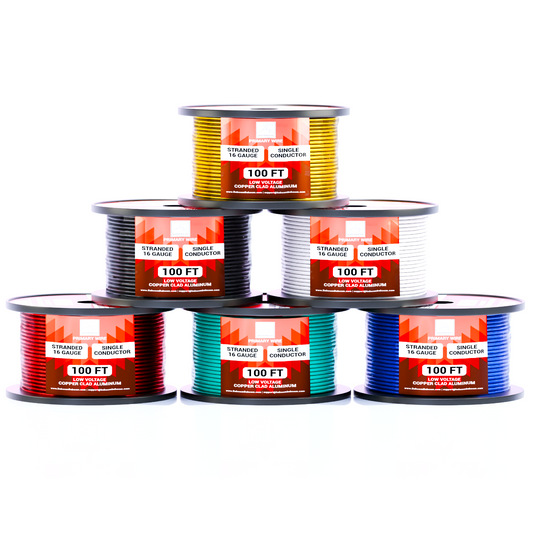
How to Protect Your Home Audio From Electrical Surges
Share
Introduction
When you invest in a quality home audio system, you're investing in crisp, powerful sound and countless hours of entertainment. However, one sudden electrical surge can destroy that investment in a flash. Protecting your system from electrical surges is essential to maintaining performance and avoiding costly repairs. In this guide, we'll show you how to guard your home audio equipment against unexpected power spikes and ensure your setup lasts for years. At Baboom Baboom, we understand the importance of high-quality audio experiences, whether in your car, home, or beyond. Learn more about who we are on our About Us page.

Understand What Causes Electrical Surges
Electrical surges occur when the voltage in your home’s wiring jumps significantly above the standard 120 volts.
Common causes include:
- Lightning strikes
- Power outages or grid switching
- Faulty or aging wiring
- High-power appliances turning on and off
Although lightning strikes are dramatic, everyday occurrences like appliance cycling cause the majority of damaging surges. Recognizing these risks is the first step in building an effective protection plan.
Small power surges happen more often than you think. Over time, these tiny surges can degrade sensitive internal components in your receivers, amplifiers, and speakers, leading to premature failure. A strong surge protection plan is not just about dramatic, once-in-a-lifetime events—it's about preserving the performance and lifespan of your system every day.

Invest in a Quality Surge Protector
A reliable surge protector is your first line of defense. Unlike basic power strips, true surge protectors are designed to absorb and divert excess voltage safely. Look for units with:
- High joule ratings (greater than 2000 joules for audio systems)
- Indicators that show protection status
- Clamping voltage ratings below 400V
It’s worth spending a little extra on a premium surge protector built specifically for audio/video equipment. Many models also include line noise filtering, which can enhance sound quality by reducing interference from electrical noise. Remember: your surge protector won't last forever. After absorbing enough surges, it loses effectiveness. Always replace surge protectors after a major surge event or every few years to ensure maximum protection.
Consider Whole-Home Surge Protection
For even greater safety, install a whole-home surge protector at your electrical panel. This device protects every outlet and appliance in your house by intercepting surges at the source. While this solution costs more upfront, it can prevent serious damage not only to your audio system but also to TVs, refrigerators, and HVAC units.
A professional electrician can install a whole-home surge protector quickly, and the investment often pays for itself after just one avoided incident. Many homeowners pair whole-house protection with plug-in surge protectors at individual outlets for a layered defense strategy.

Use Proper Grounding for Your Audio System
Good grounding is crucial for electrical safety and audio performance. An improperly grounded system is more vulnerable to surges and can suffer from hums, buzzing, or noise interference. Ensure your outlets are properly grounded and, if necessary, consult an electrician to inspect and upgrade your home’s grounding system.
Additionally, make sure your audio equipment itself is properly connected and not floating without a ground. In some cases, using an isolation transformer can further protect your equipment from stray voltages while improving overall sound quality.
Unplug During Severe Storms
Even with surge protection, the safest way to protect your audio equipment during severe electrical storms is to unplug it. Surge protectors offer substantial defense, but a direct lightning strike can overwhelm any system. If you know a storm is coming, take the extra precaution of unplugging sensitive electronics.
This simple action can be the difference between a minor inconvenience and a major loss. When unplugging your system, remember to disconnect from both power outlets and any external cable or satellite connections, which can also carry surges into your equipment.

Don't Forget About Other Connected Devices
Your home audio system often connects with other electronics such as smart TVs, streaming devices, gaming consoles, and network routers. A surge traveling through one device can easily damage others via HDMI, Ethernet, or speaker cables. Protecting just your audio system isn't enough—use surge protection on all interconnected devices to close any potential entry points for surges.
Look for surge protectors that offer ports for coaxial cables, Ethernet lines, and phone lines in addition to standard AC outlets. This comprehensive approach ensures that every pathway is covered.
Explore our Wholesale Program for exclusive access.

Conclusion
Electrical surges are unpredictable, but protecting your home audio system doesn't have to be complicated. By understanding the risks, using high-quality surge protectors, considering whole-home solutions, ensuring proper grounding, and unplugging during storms, you can safeguard your sound investment.
Additionally, by protecting all interconnected devices, you create a shielded network that minimizes your risk from multiple sources. Your audio system deserves protection as powerful as the music it delivers—and with the right steps, you can enjoy every note worry-free for years to come.
Always stay proactive about system maintenance and protection, and when in doubt, consult a professional for the best surge protection setup tailored to your specific home environment. Need support or have technical questions? Experiment with our Expert Software Tools to get customized wiring insights. Want more tutorials like this? Visit our Articles Page.








